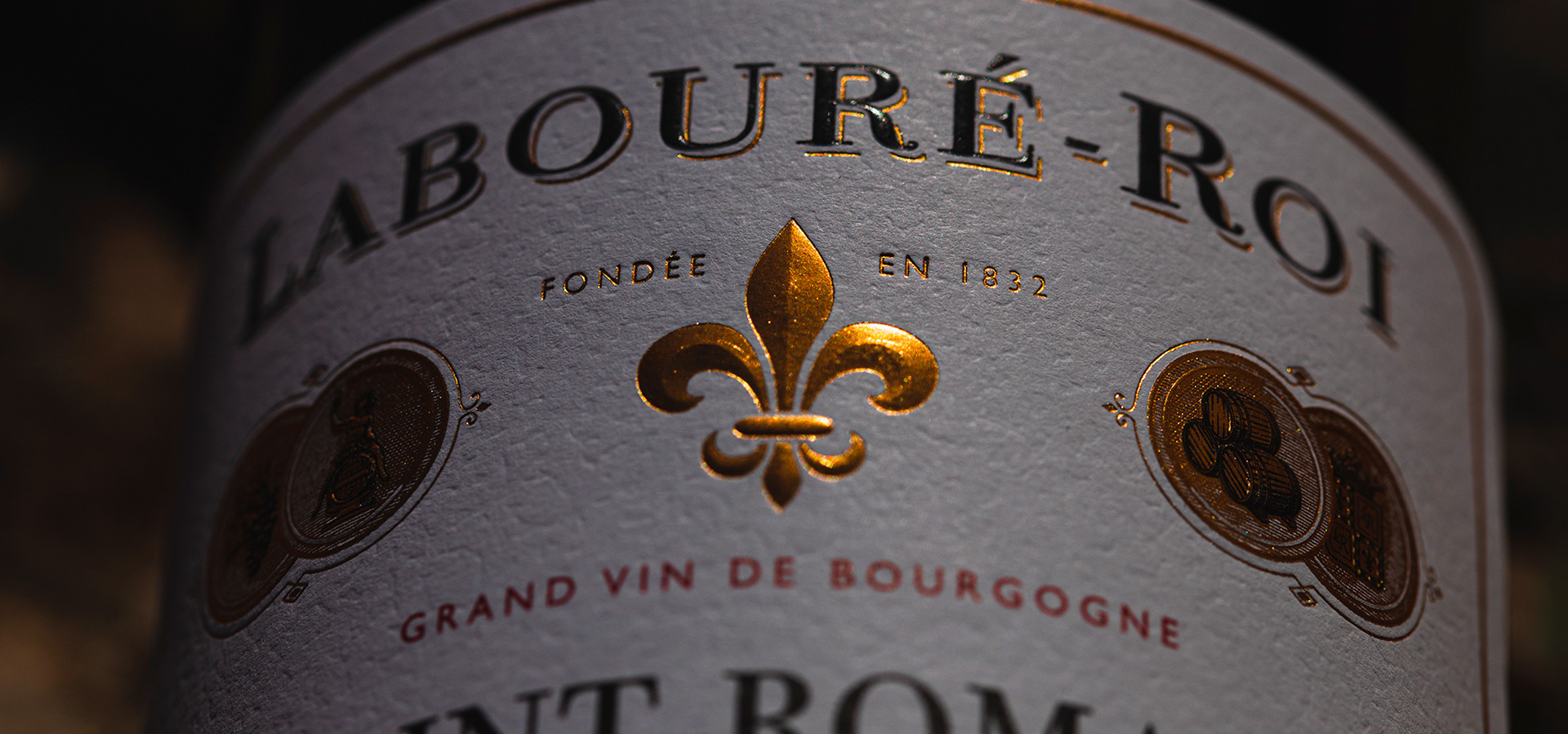
100% Chardonnay.
- Golden color with emerald highlights, limpid and bright.
- The nose shows mixed aromas of citrus, white flowers, and vanilla flavored cream.
- The mouth is dense, spicy, round, generous, well-balanced and creamy. Flavors of citrus and vanilla are revealed. A very promising wine.
This wine will be ideal with fish in sauce, seafood, poultry liver, smoked salmon or a savory dish of escargot in puff pastry. This Meursault is also very good with cow’s milk cheeses or a piece of French Comté cheese.
Serve at a temperature of 12 to 14°C. (53- 57°F.).
It will keep for 8 to 10 years in the cellar in good conditions.
A village appellation in the Côte de Beaune, harvested in the delimited parts of the village of Meursault. The appellation covers around 447 hectares and produces 95% white wines, which are among the best in Burgundy. Around 30% of the appellation's surface area is classified as 1er Cru, made up of 19 different climats.
Along with Puligny-Montrachet and Chassagne-Montrachet, the village forms what is known as "The Golden Triangle", reputed to produce the finest white wines in existence. Here, Chardonnay finds a perfect terroir, gently sloping and ideally exposed to the east or south, composed of limestone and marl.
Nature certainly set a challenge for the winegrower and the winemaker with this vintage. It began with very warm temperatures at the end of February which led to an early bud break.
The historic frost in April then destroyed young shoots that had emerged too early, significantly affecting the future harvest. Changing weather continued to characterize the vintage through to the harvests. There were spells of rain from May to mid-August, obliging winegrowers to be constantly on the alert.
The only periods of relative calm were during flowering, which took place in good conditions for the formation of the future fruit, and the véraison (colour change), which benefited from the return of the sun from mid-August. The vagaries of the weather contributed to the development of outbreaks of disease, which were contained thanks to the tireless efforts of our winegrowers. In spite of this, considerable sacrifices had to be made to ensure a high level of quality, and rigorous sorting of the fruit in the vineyard and on arrival at the winery was necessary.
This vintage also required a major technical effort. The vinifications had to be carried out with meticulous attention and precision. We took particular care over the extraction of colouring matter, the balance of the structure and the aromatic expression of our red wines, and of the freshness, balance of acidity and aromatic potential of our white wines.
From the first tastings, this vintage presented excellent flavour and aroma potential, and the balance of acidity was contained. The wines are less sunny, revealing a more moderate character, lighter in terms of alcohol and in tannic structure. These are wines that will assert their personalities by offering a diverse palette of flavours and textures, like the growing season.



To visit our site, you must be old enough to buy
and to consume alcohol according to the legislation of your country of residence.
If there is no legislation on this subject, you must be at least 21 years old.